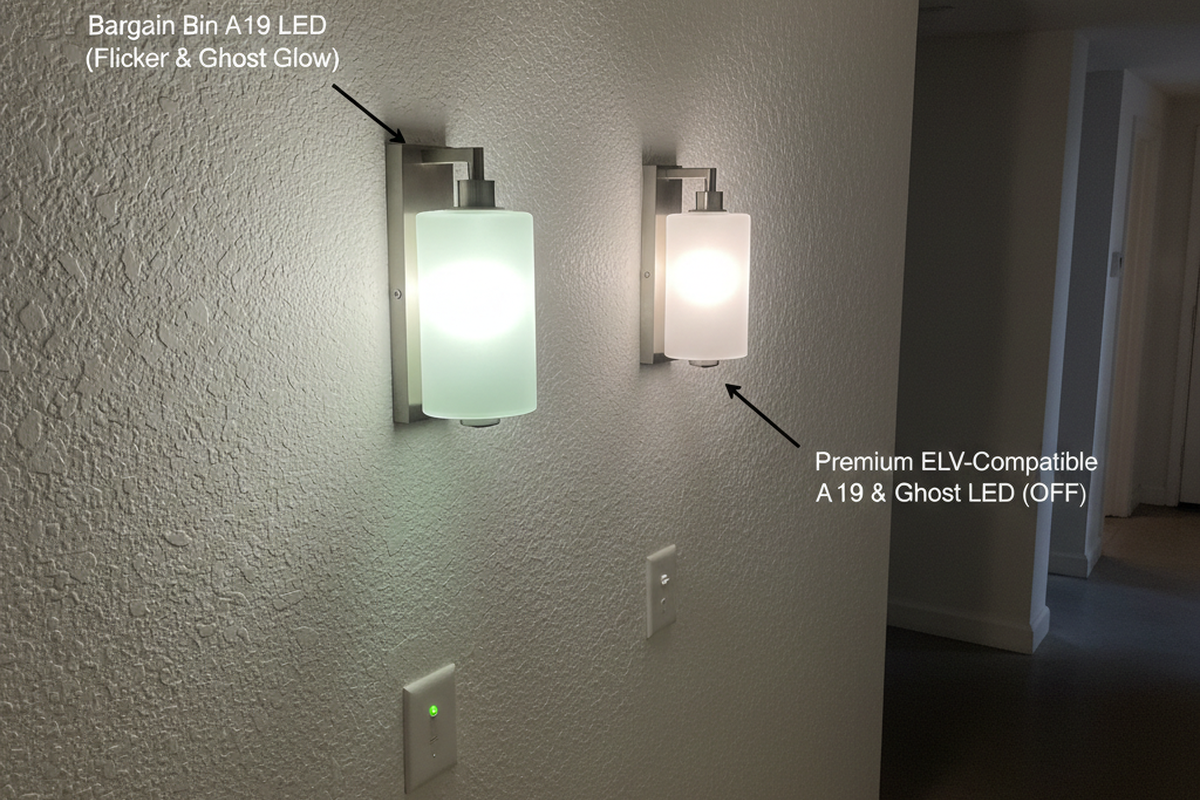What is Monochromatic Light
Monochromatic light is electromagnetic radiation that consists of a single wavelength or a very narrow range of wavelengths. This means that monochromatic light is composed of only one color or hue. While theoretically, monochromatic light has precisely one wavelength, in practice, it is represented by a small bandwidth of wavelengths. To achieve monochromatic light, it can be isolated from polychromatic light using a device called a monochromator. A monochromator is designed to separate light into its different wavelengths and allows only a specific wavelength or a narrow range of wavelengths to pass through, effectively isolating the monochromatic light.
Monochromatic light is commonly used in various applications within the lighting industry. For example, in scientific research and experiments, monochromatic light is often used to study the behavior of light and its interaction with different materials. It is also used in certain medical procedures, such as phototherapy, where specific wavelengths of light are used to treat certain skin conditions. In addition to its scientific and medical applications, monochromatic light is also used in various artistic and decorative lighting applications. For instance, in architectural lighting design, monochromatic light can be used to create dramatic effects and highlight specific features of a building or space. It can also be used in stage lighting to create specific moods or atmospheres during performances.
Get Inspired by Rayzeek Motion Sensor Portfolios.
Doesn't find what you want? Don't worry. There are always alternate ways to solve your problems. Maybe one of our portfolios can help.
Frequently Asked Questions
What Is the Definition of Monochromatic Light
Monochromatic light refers to light (optical radiation) that consists of only one optical frequency. This means that the optical spectrum of monochromatic light contains a single frequency, and the electric field strength at a specific point in space exhibits a purely sinusoidal oscillation with a constant instantaneous frequency and zero bandwidth.
Is LED Light Monochromatic
Unlike incandescent lamps, LEDs do not produce white light. Instead, LEDs emit light that is almost monochromatic, which makes them very efficient for applications that require colored light, such as traffic lights and exit signs.
Does an Ordinary Light Bulb Emit Monochromatic Light
An incandescent bulb emits light with various wavelengths, resulting in multiple colors. However, a monochromatic source, such as a laser, emits light of only one specific wavelength.
What Is the Difference Between Monochromatic Light and Ordinary Light
LASER light is monochromatic, meaning it consists of a single color. In contrast, ordinary light encompasses a broad range of frequencies, while LASER light is characterized by a very narrow frequency range.
What Are the 4 Monochromatic Colors
There are four elements that make up a monochromatic color scheme: hue, tone, shade, and tint. Each of these components plays a significant role. The hue is the main or dominant color, like yellow. Tones are the softer variations of the base color.
How Do You Identify Monochromatic
Monochromatic (or mono) refers to a color scheme that is based on a single color tint. It utilizes variations (shades) of one hue by adjusting the saturation and brightness of the base color. Additionally, black and white colors are always incorporated as they represent the brightest and darkest shades of the color.
Is Monochromatic Only Black and White
Monochrome is not limited to just black and white. It can also be achieved by using different shades of other colors such as sepia or cyan.
Is Fluorescent Lamp Monochromatic
Fluorescent specimens are typically illuminated with monochromatic excitatory light, such as ultraviolet, blue, or green. As a result, the emitted fluorescent light also tends to be monochromatic. However, it is important to note that the wavelength of the emitted light is longer than that of the excitatory light.
Is Blue Light Monochromatic
More recently, it has been shown that exposure to monochromatic light at a wavelength of 470 nm, specifically blue light, can maintain or even increase brain activity related to a working memory task. In contrast, brain activity decreases when exposed to monochromatic light at a wavelength of 550 nm, specifically green light [9].
Is Black Grey and White Monochromatic
All grayscale or black and white images are considered monochrome because they consist of different shades of only one color, which is black. However, it is important to note that not all monochrome images are grayscale. Monochromatic images can be composed of any color. For example, an image consisting entirely of shades of yellow would still be classified as a monochromatic image.









